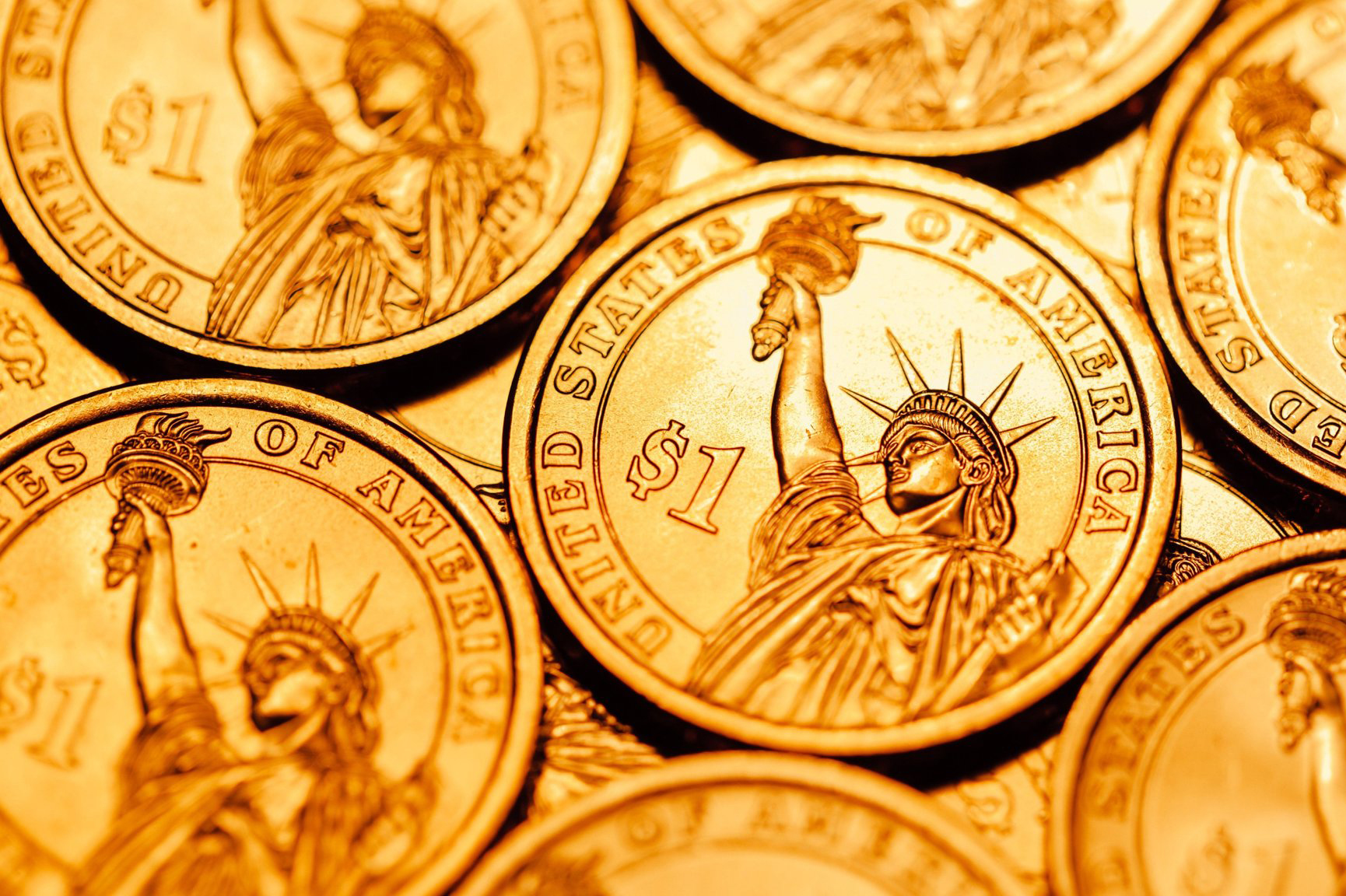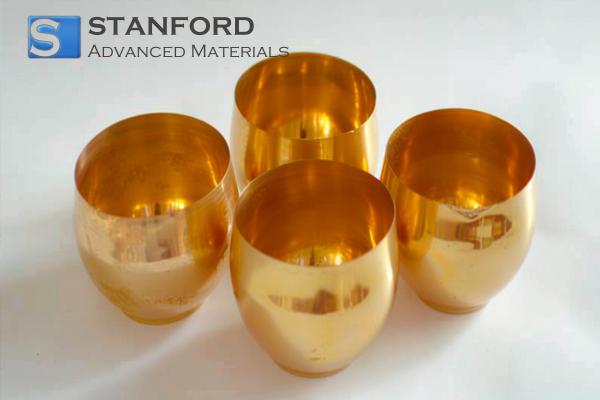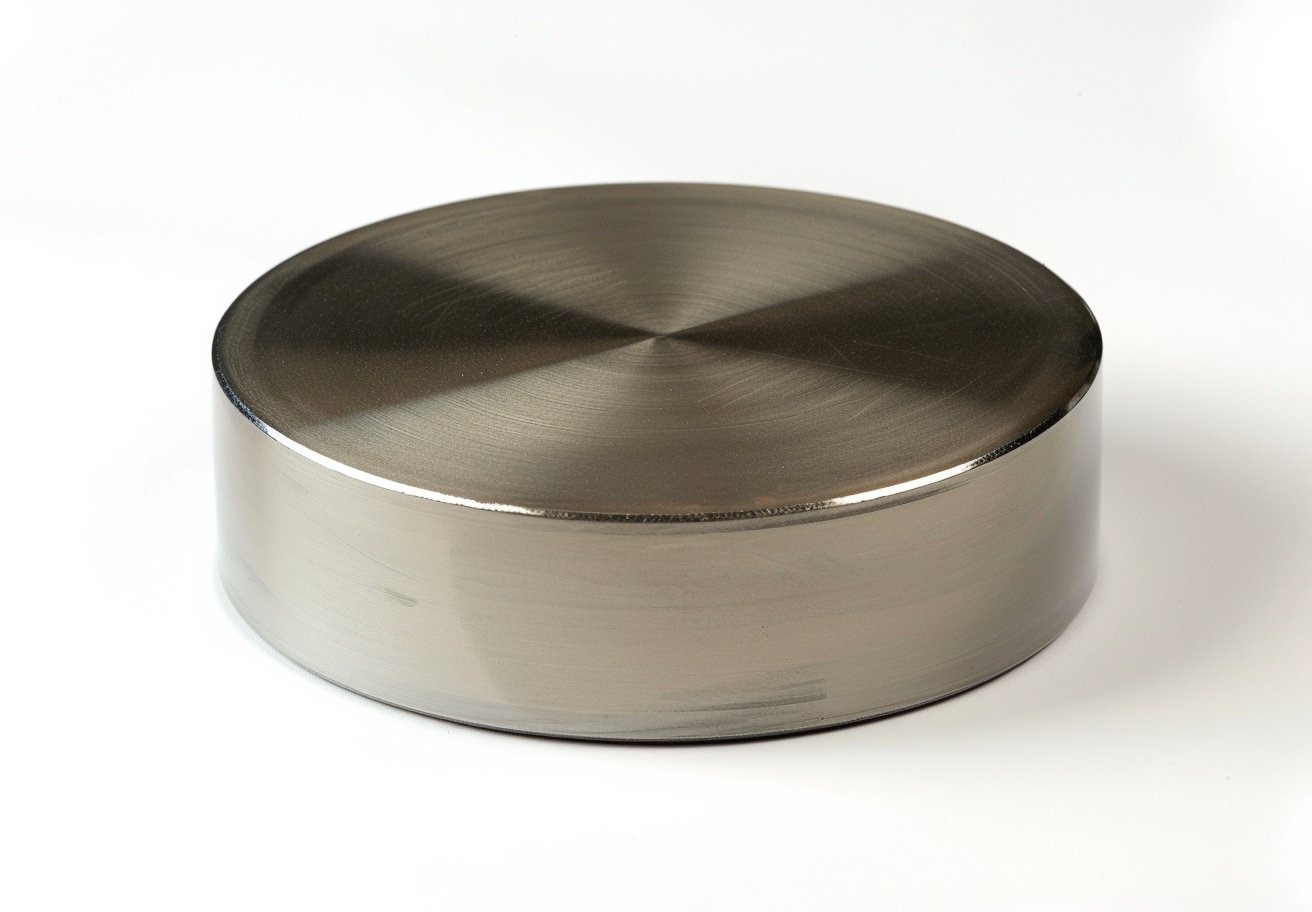Will Gold Disappear In The Future?
Introduction
Gold has been used as a store‐of‐value for many decades. It occupies an established position in global economic systems. Investors relied on gold to hedge against inflation and to secure assets during economic uncertainty. The rise of electronic payment systems and cryptocurrencies challenges its historical function. Given that digital alternatives regularly exhibit price volatility, analysts debate whether gold will maintain its role or become obsolete.

The Historical and Financial Significance of Gold
Gold has served as a fundamental financial asset throughout history. It underpinned several monetary systems, including the Bretton-Woods standard, which linked currencies to gold. The transition from the gold standard to fiat currencies removed its direct monetary role. Nonetheless, central banks continue to hold gold as a reserve asset. Central banks collectively hold approximately 35 000 tonnes of gold, thereby reinforcing its financial relevance during periods of instability.
The Impact of Digital Currencies on Gold
Digital currencies provide an alternative to traditional financial instruments. They offer ease of transfer and operate independently of direct inflationary pressures. However, they involve risks and face regulatory uncertainties. Given that these currencies often record rapid price fluctuations, investors continue to prefer gold as a stable investment option. Empirical evidence shows that gold maintains a lower volatility profile in uncertain economic climates.
Gold in Modern Technology and Industry
Manufacturers use gold because it conducts electricity well and resists corrosion. Producers incorporate gold in the fabrication of electronic devices such as smartphones and computers. Engineers include gold in connectors, semiconductors and sensors. Consequently, demand for gold in technological applications is expected to increase as new devices are developed.
Gold in Emerging Technologies
Researchers employ gold nanoparticles to increase the efficiency of photovoltaic cells. Studies have indicated that the addition of these particles can improve light absorption and conversion efficiencies by up to 15%. In addition, gold catalysts are used in hydrogen fuel cells to support cleaner energy production. These quantitative findings demonstrate gold’s potential contribution to renewable energy techniques.
Gold in Healthcare
Medical scientists apply gold for the development of diagnostic tests. Its biocompatibility renders it suitable for detecting diseases such as malaria and AIDS. The World Health Organisation has recommended gold‐based diagnostics in certain regions of Africa and Asia. These diagnostic tests contribute to a more accurate and timely detection of illnesses.
Conclusion
Gold’s role extends beyond its historical function as a monetary standard. Its applications in technology, renewable energy and healthcare illustrate its multifaceted use in addressing economic and technical challenges. Given that digital currencies are still affected by volatility and regulatory issues, gold remains a preferred option for securing assets. Future integration of gold in applied research is expected to further substantiate its value in supporting stable financial and technological systems.

 Bars
Bars
 Beads & Spheres
Beads & Spheres
 Bolts & Nuts
Bolts & Nuts
 Crucibles
Crucibles
 Discs
Discs
 Fibers & Fabrics
Fibers & Fabrics
 Films
Films
 Flake
Flake
 Foams
Foams
 Foil
Foil
 Granules
Granules
 Honeycombs
Honeycombs
 Ink
Ink
 Laminate
Laminate
 Lumps
Lumps
 Meshes
Meshes
 Metallised Film
Metallised Film
 Plate
Plate
 Powders
Powders
 Rod
Rod
 Sheets
Sheets
 Single Crystals
Single Crystals
 Sputtering Target
Sputtering Target
 Tubes
Tubes
 Washer
Washer
 Wires
Wires
 Converters & Calculators
Converters & Calculators
 Write for Us
Write for Us



 Chin Trento
Chin Trento



